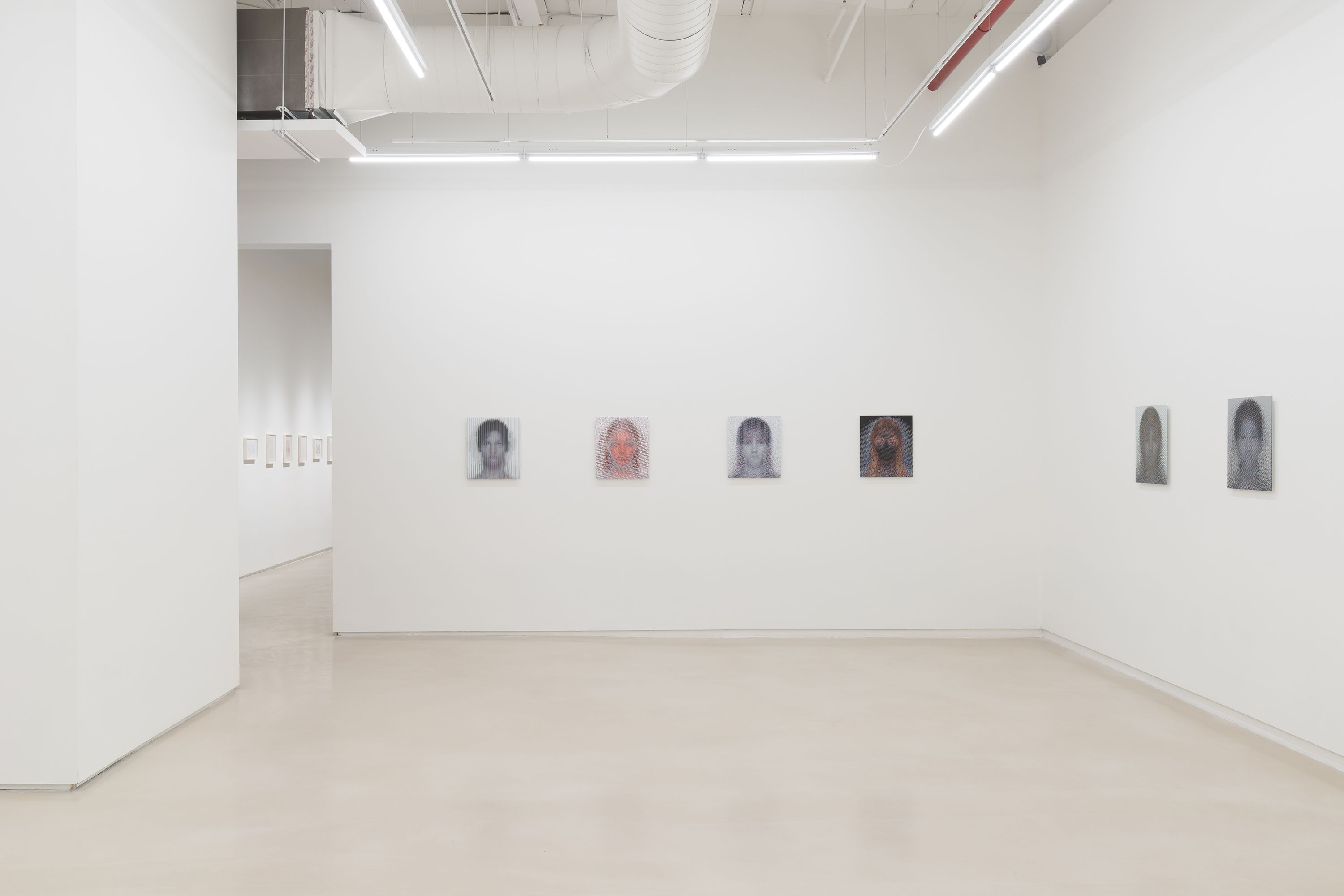
An image is not an image of, from, or for anything; an image happens when distant realities approach one another. [1]
JTT is pleased to present When You’re Here, You’re Familiar, a new series of images by artist Damon Zucconi (b. 1985, Bethpage, NY). Zucconi’s conceptually-driven practice is based on the imperceptible computer processes and databases of information that shape how we communicate, which he uses as a lens for casting philosophical inquiries into what makes us human. His fluency in such systems of information developed in part from his participation in online communities and forums in the 1990s, and has since provided the basis for a broad scope of works that encompass websites, applications, images and objects. With his latest exhibition, Zucconi proposes the human face as a cipher through which to consider visibility, likeness, and the effects of technology on our conceptions of self.
Whereas technology is so often employed as an organizing force to define, assign, and categorize, Zucconi uses its tools in the opposite direction: towards entropy and disarticulation. Zucconi’s facial matrices begin from a collection of straight-on, well-lit portraits like those that function as the key to state-issued passports and driver’s licenses. It’s easy to forget that it wasn’t until photographic technology that facial portraits became synonymous with identification. Before it was possible to produce a facsimile of a person’s likeness, one’s concept of selfhood would have very little to do with physical appearance, which was impossible to empirically capture and separate from one’s very being. The concept of faces as signifiers of identity is concurrent with technological developments that enabled one's likeness to become fixed.
The series of images on view represent the output of a custom-written programming framework that Zucconi then applied to a dataset of faces. By weaving together multiple photographs and applying a series of optical shifts, Zucconi transforms veritable photographic reproductions into ghostly, dematerializing abstractions of the human face. These compilations bear a strong resemblance to Eigenfaces, a tool for facial recognition technology. Here, what we perceive to be a loss of data is actually the result of too much information, in other words, multiplicity engenders illegibility and indetermination. Zucconi’s collection of matrices, then, can be thought of not so much as masks encrypting true portraits, but rather as likenesses that propose an alternative to conceptualizations of a static, ‘true’ self.
Damon Zucconi (b. 1985, Bethpage, NY) first gained recognition as a contributor to internet surf clubs of the early 2000s. A comprehensive archive of his web-based works can be accessed through his website,www.damonzucconi.com. His work has been exhibited at the CODA Museum in Apeldoorn, NL, the Yuz Museum in Shanghai, the Institute of Contemporary Art Miami, the Bonnefantenmuseum in Maastricht, online at the New Museum, New York, and Upstream Gallery in Amsterdam NL. He has presented solo exhibitions of work at JTT in New York and Spazio Veda in Florence, IT. In 2017, he was an artist-in-residence at the Van Eyck Academie in Maastricht.
_______________________________________
[1] Paul North, Bizarre-Privileged Items in the Universe: The Logic of Likeness (New York: Zone Books, 2021), 229.
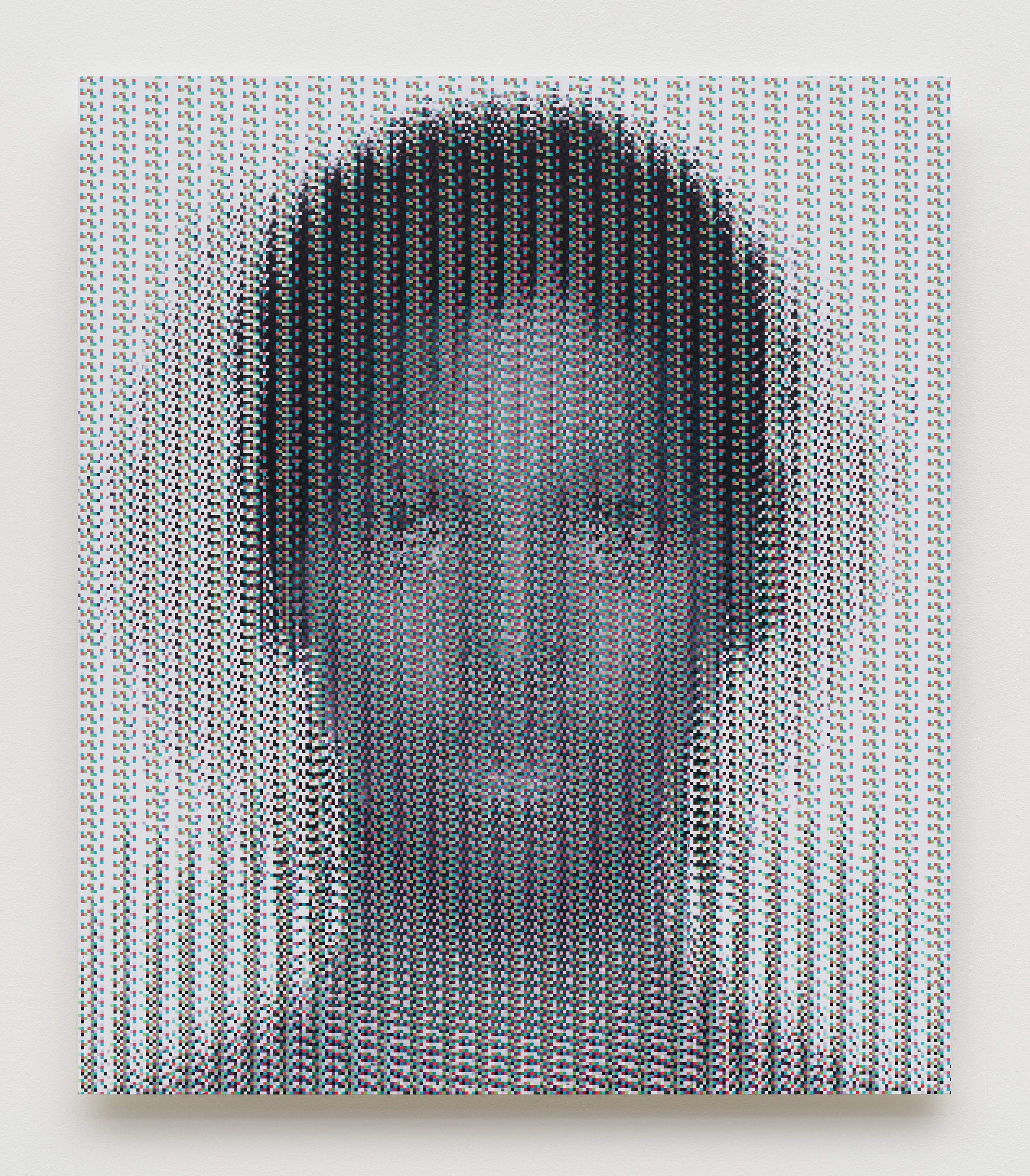
UV curing ink on dibond
18.5 x 16 in
46.5 x 40.5 cm
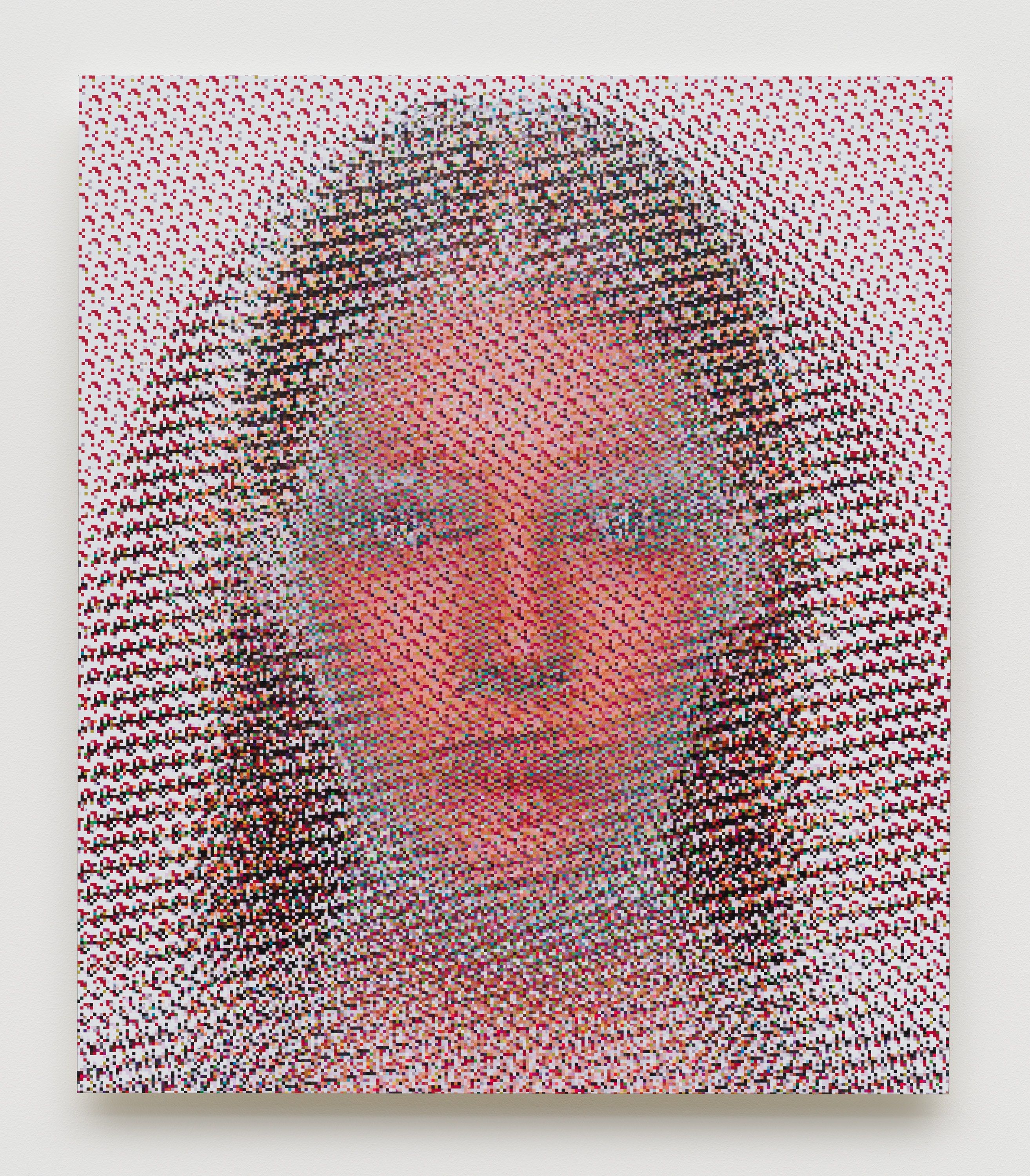
UV curing ink on dibond
18.5 x 16 in
46.5 x 40.5 cm
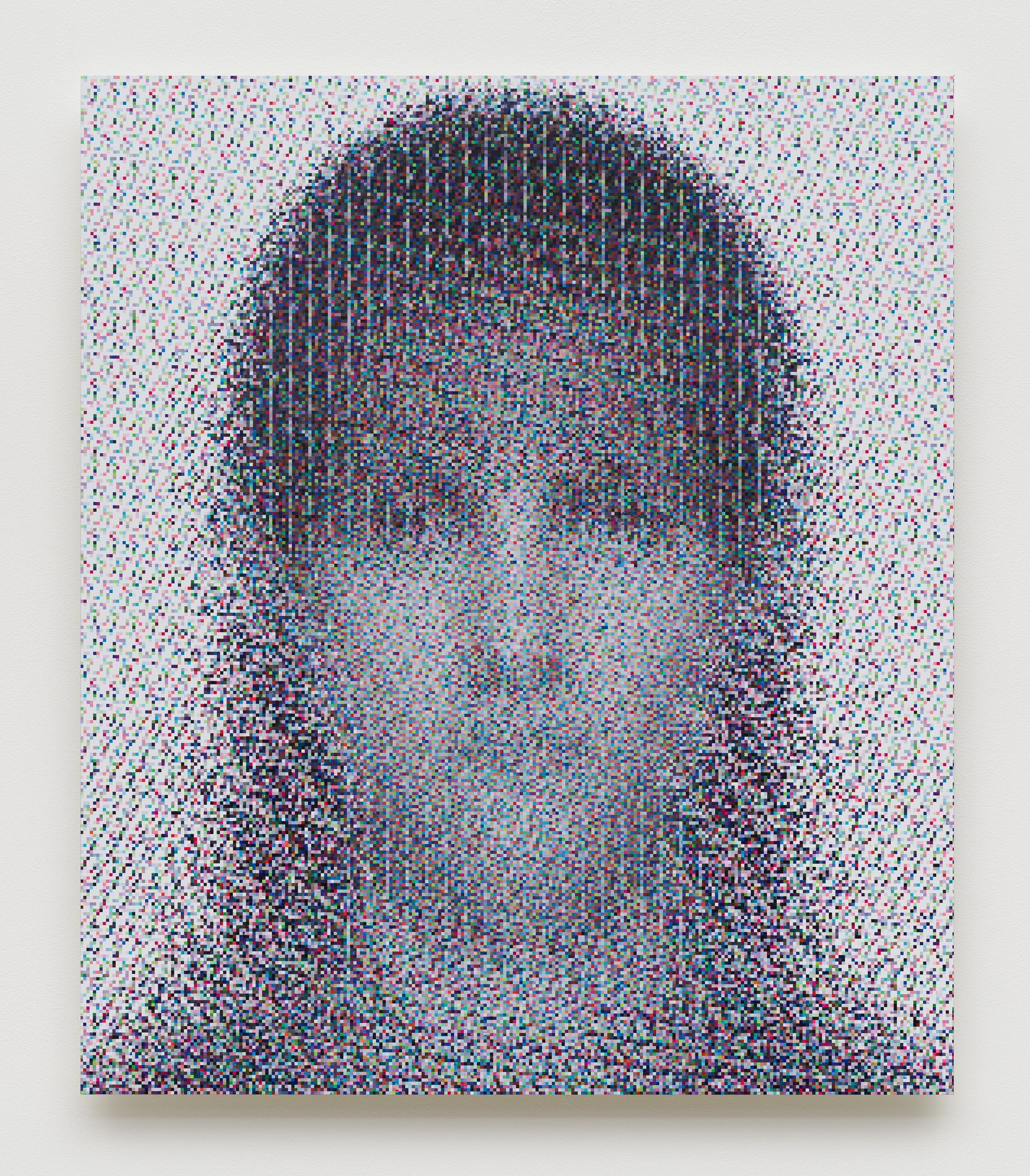
UV curing ink on dibond
18.5 x 16 in
46.5 x 40.5 cm
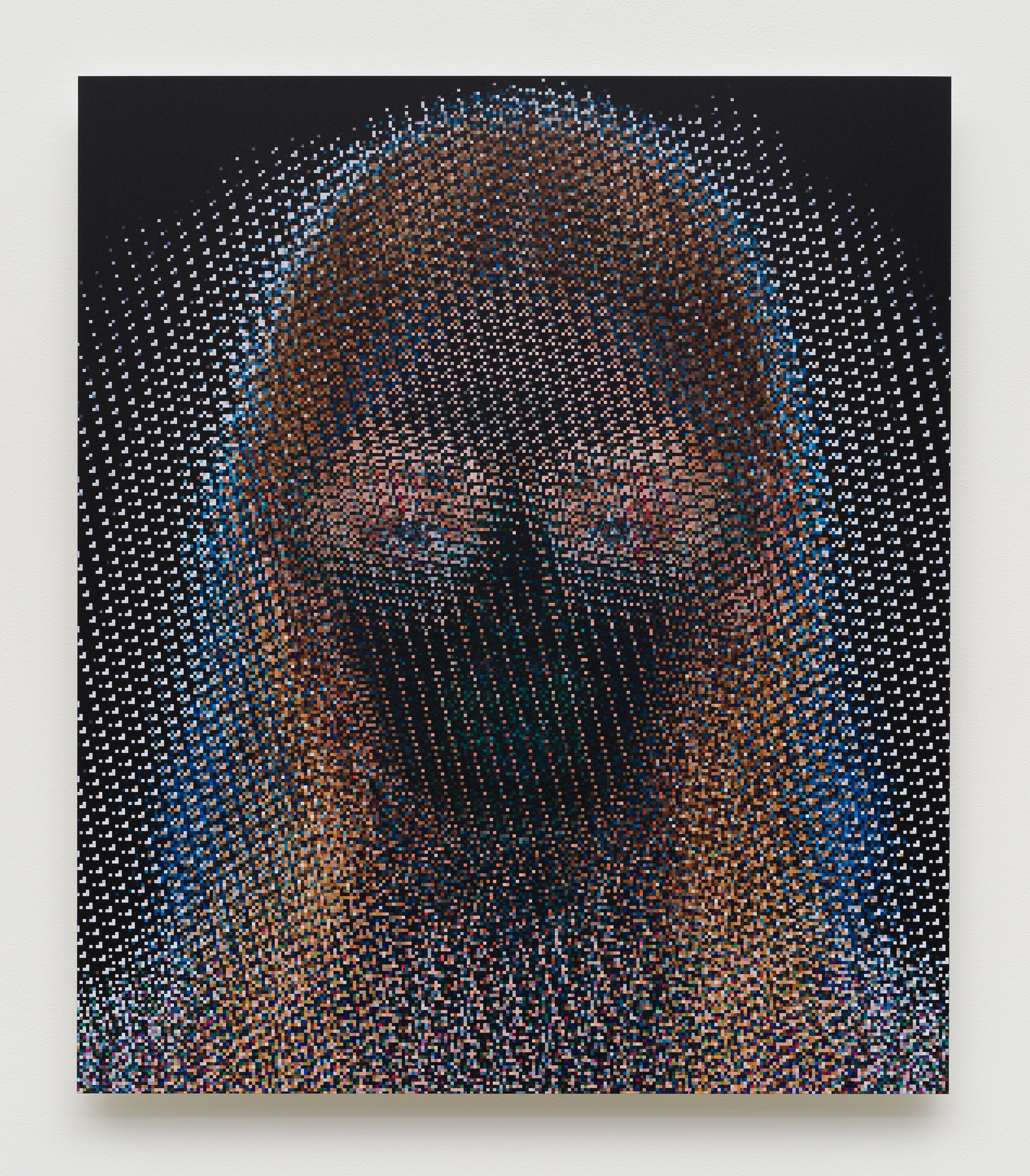
UV curing ink on dibond
18.5 x 16 in
46.5 x 40.5 cm

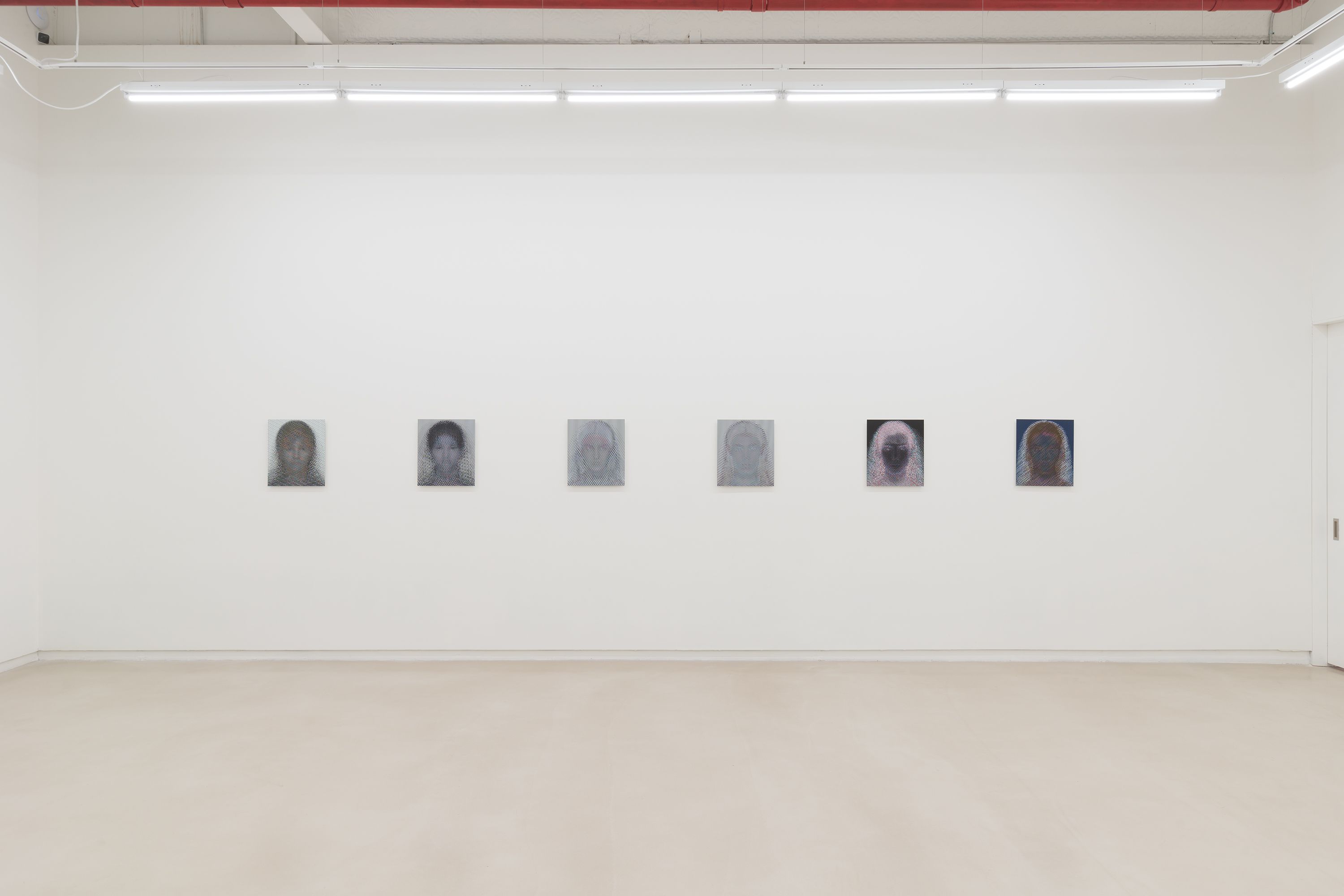
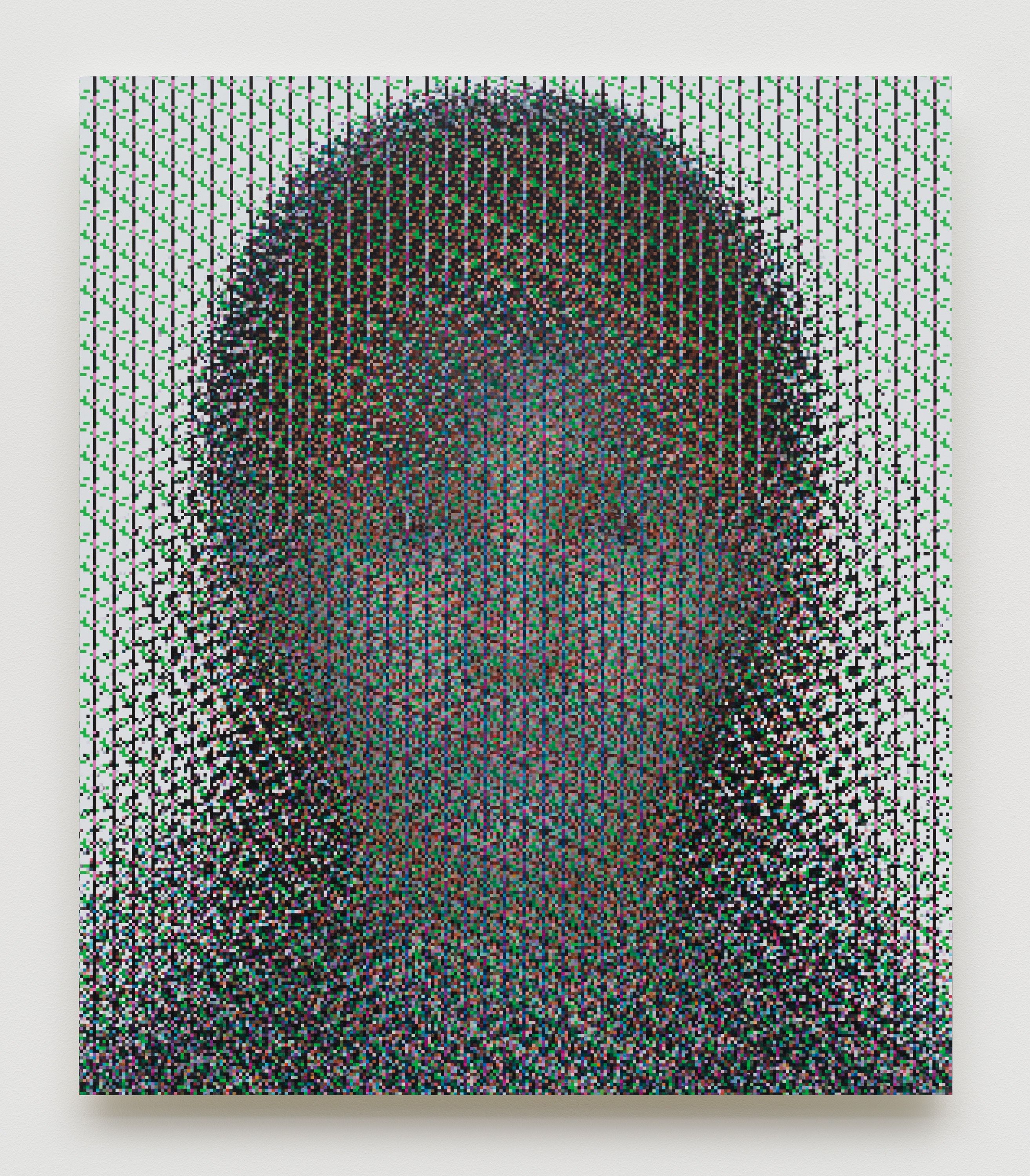
UV curing ink on dibond
18.5 x 16 in
46.5 x 40.5 cm
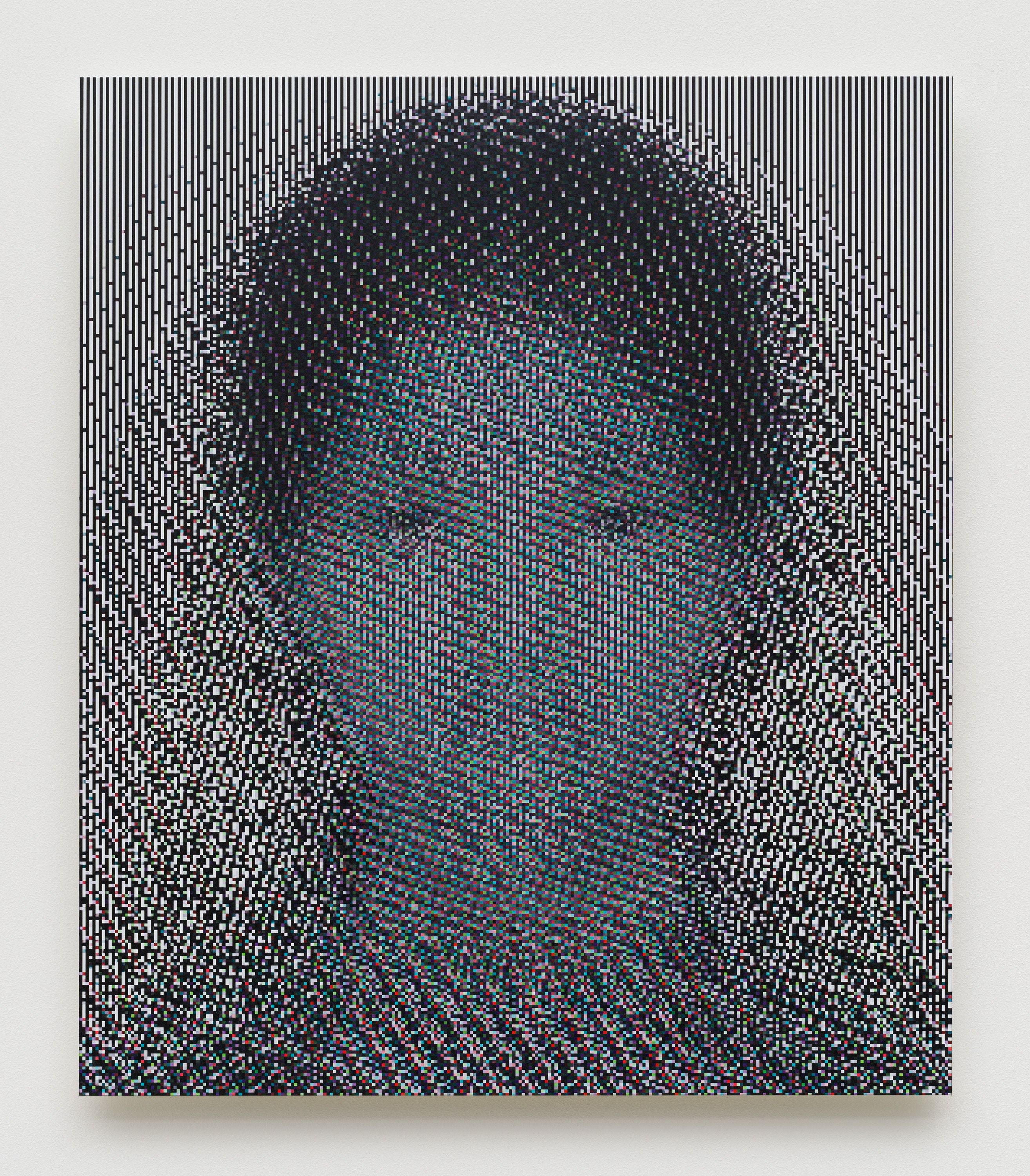
UV curing ink on dibond
18.5 x 16 in
46.5 x 40.5 cm
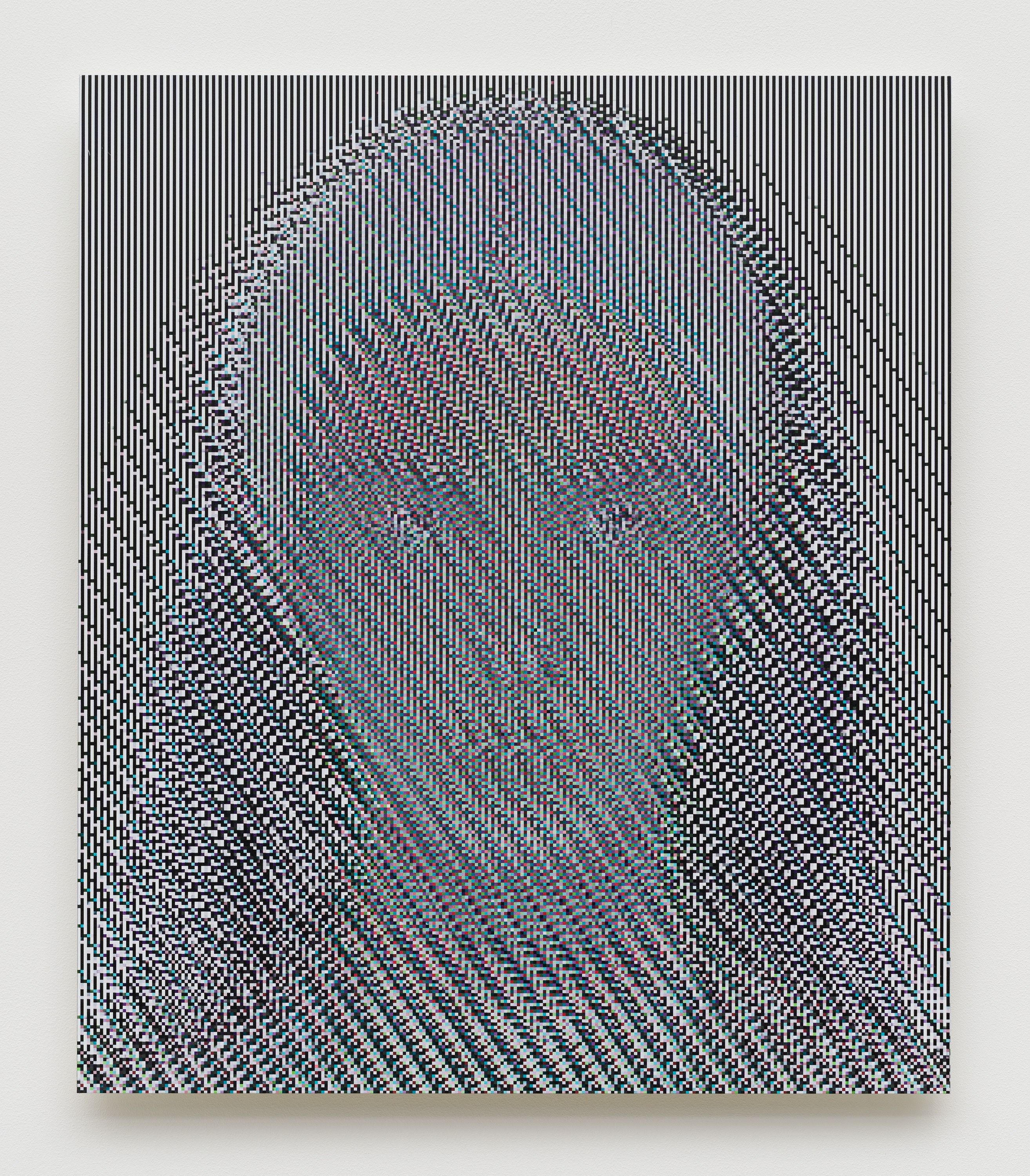
UV curing ink on dibond
18.5 x 16 in
46.5 x 40.5 cm

UV curing ink on dibond
18.5 x 16 in
46.5 x 40.5 cm
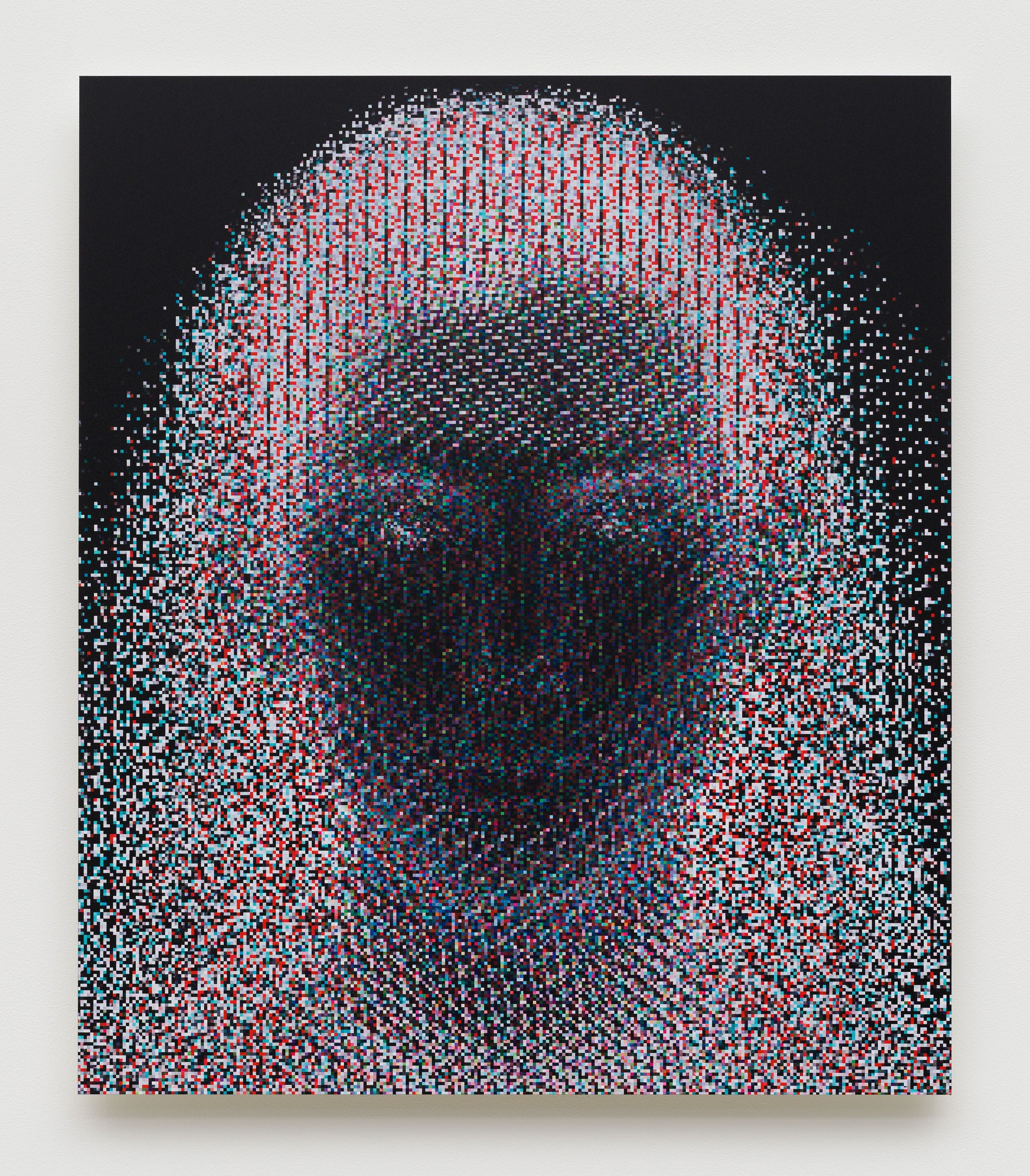
UV curing ink on dibond
18.5 x 16 in
46.5 x 40.5 cm

UV curing ink on dibond
18.5 x 16 in
46.5 x 40.5 cm
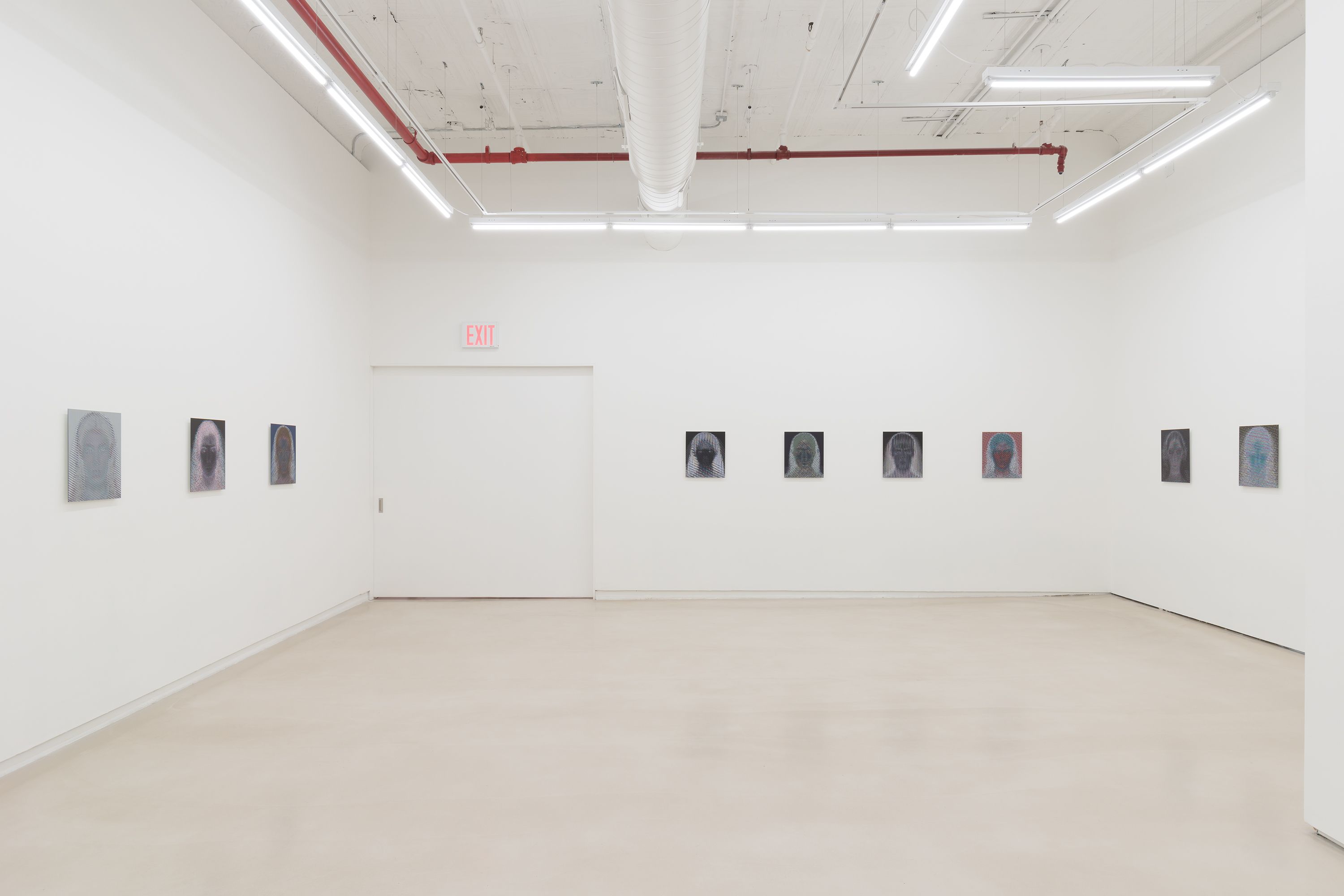
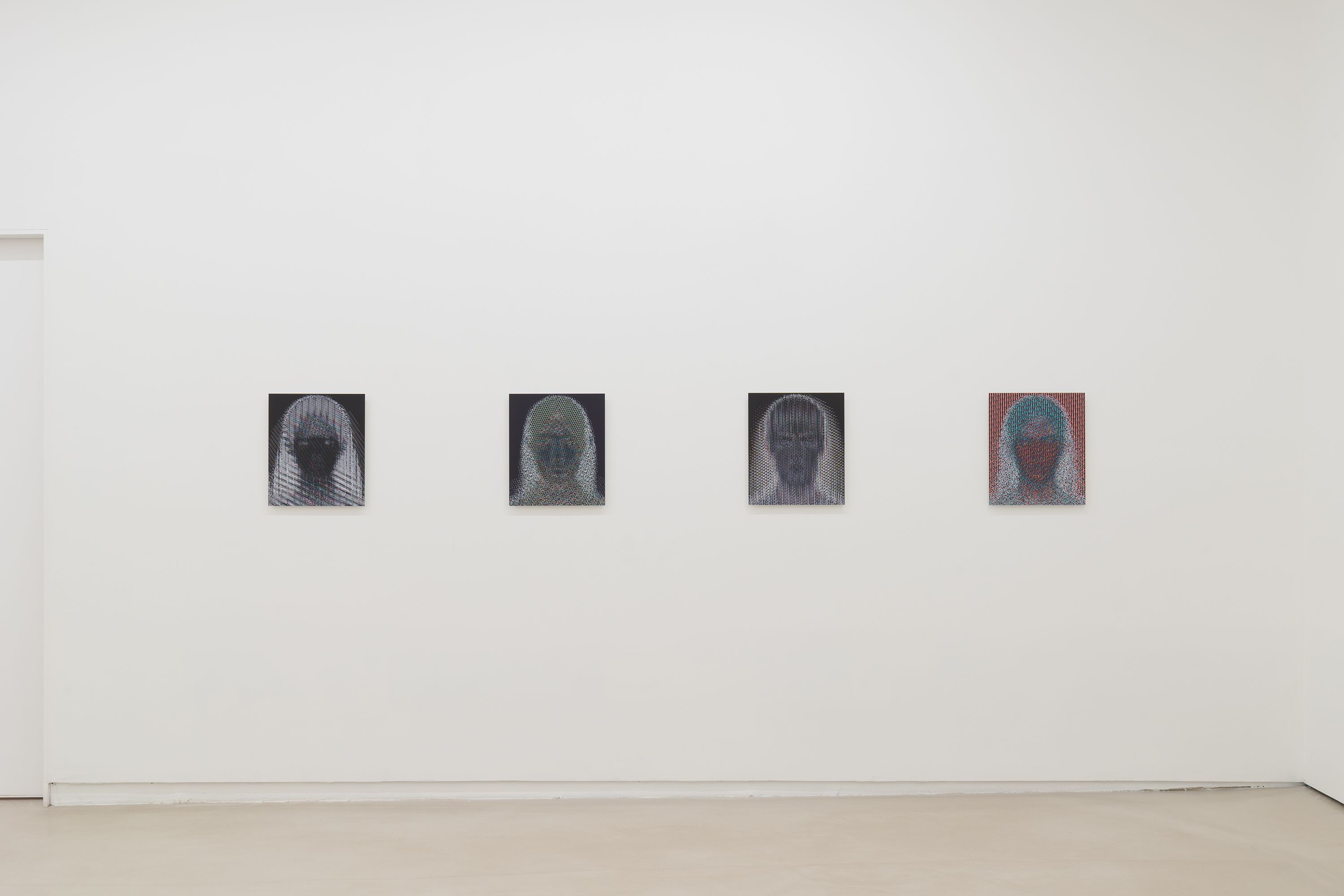
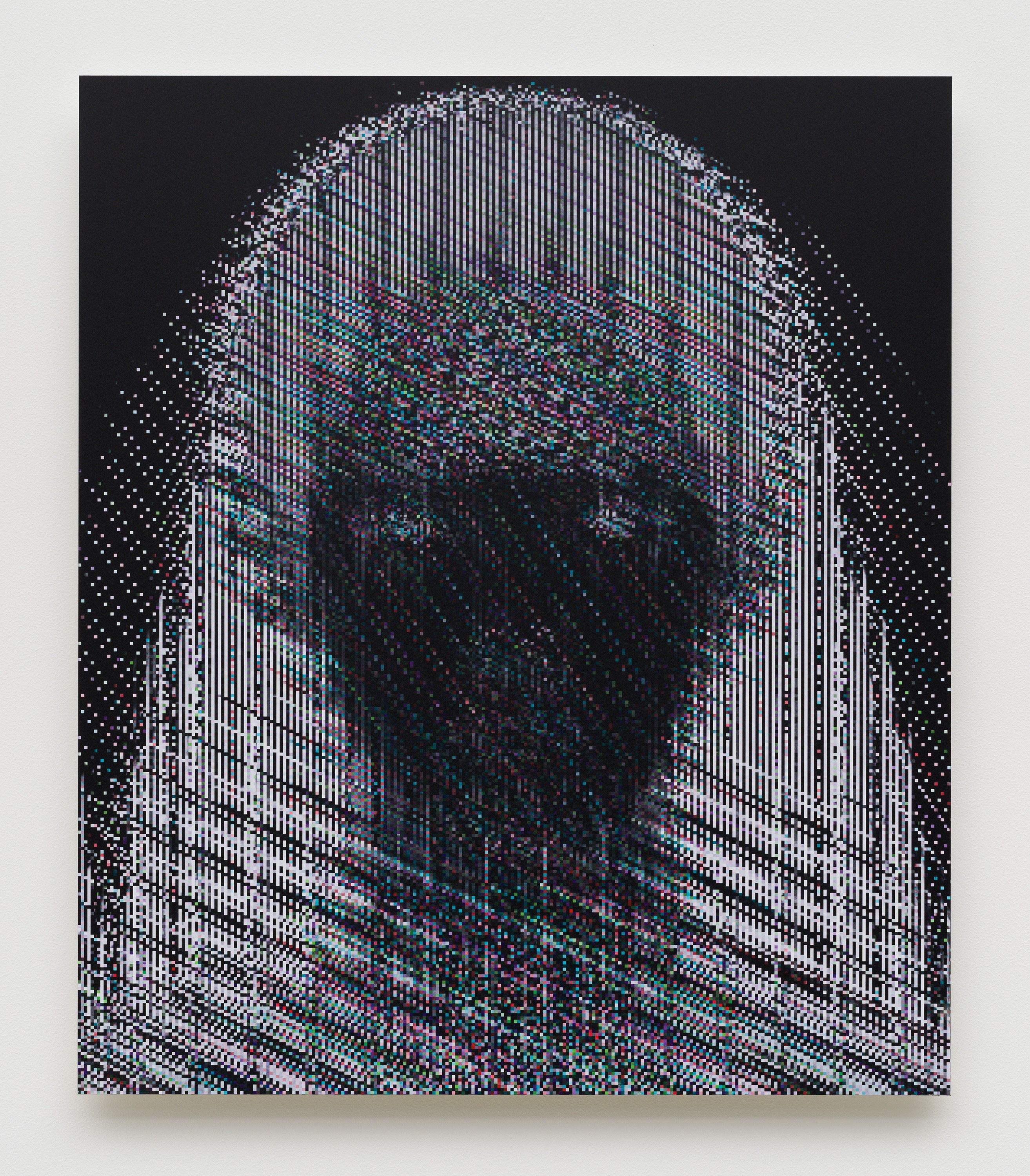
UV curing ink on dibond
18.5 x 16 in
46.5 x 40.5 cm
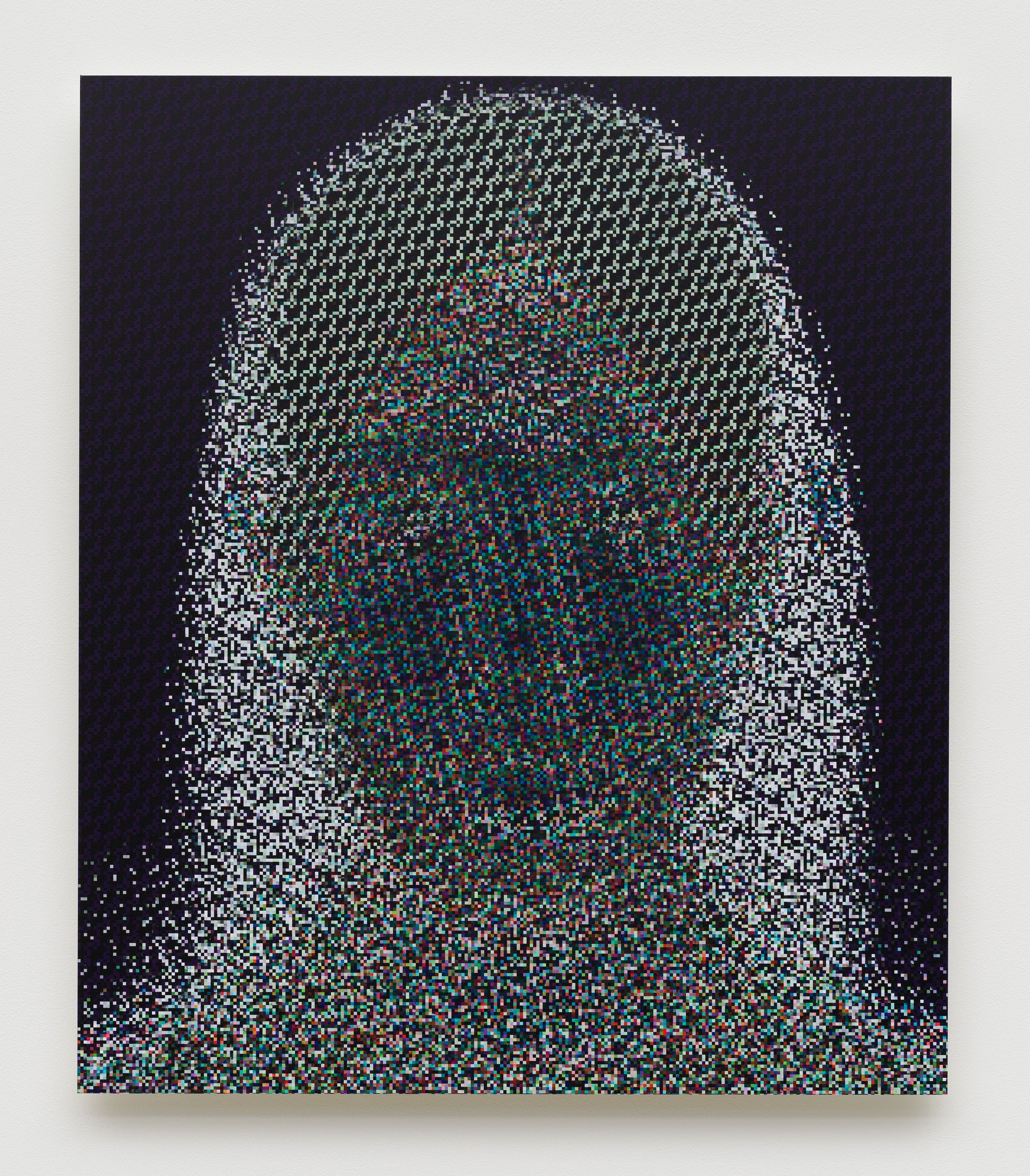
UV curing ink on dibond
18.5 x 16 in
46.5 x 40.5 cm
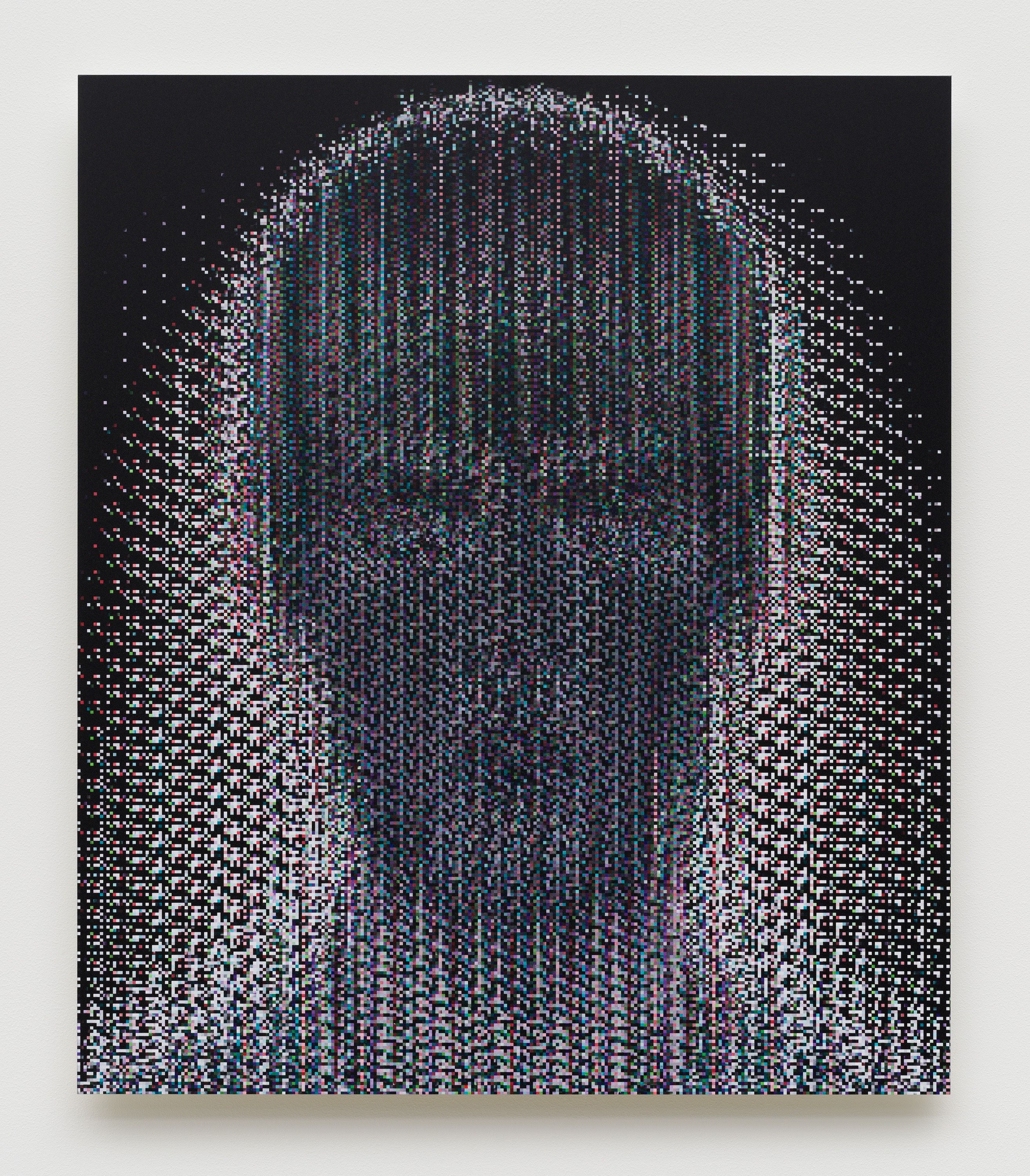
UV curing ink on dibond
18.5 x 16 in
46.5 x 40.5 cm
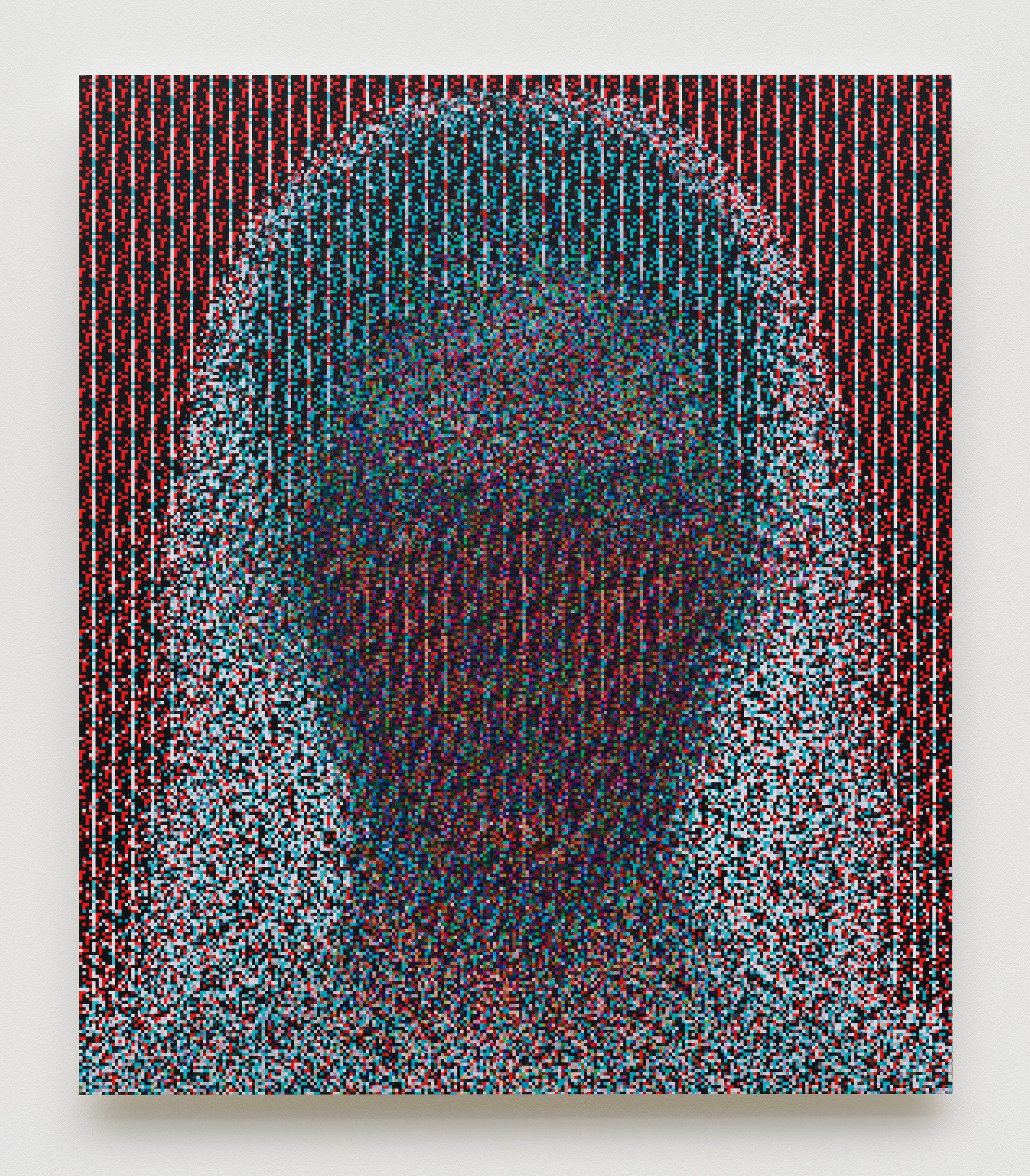
UV curing ink on dibond
18.5 x 16 in
46.5 x 40.5 cm
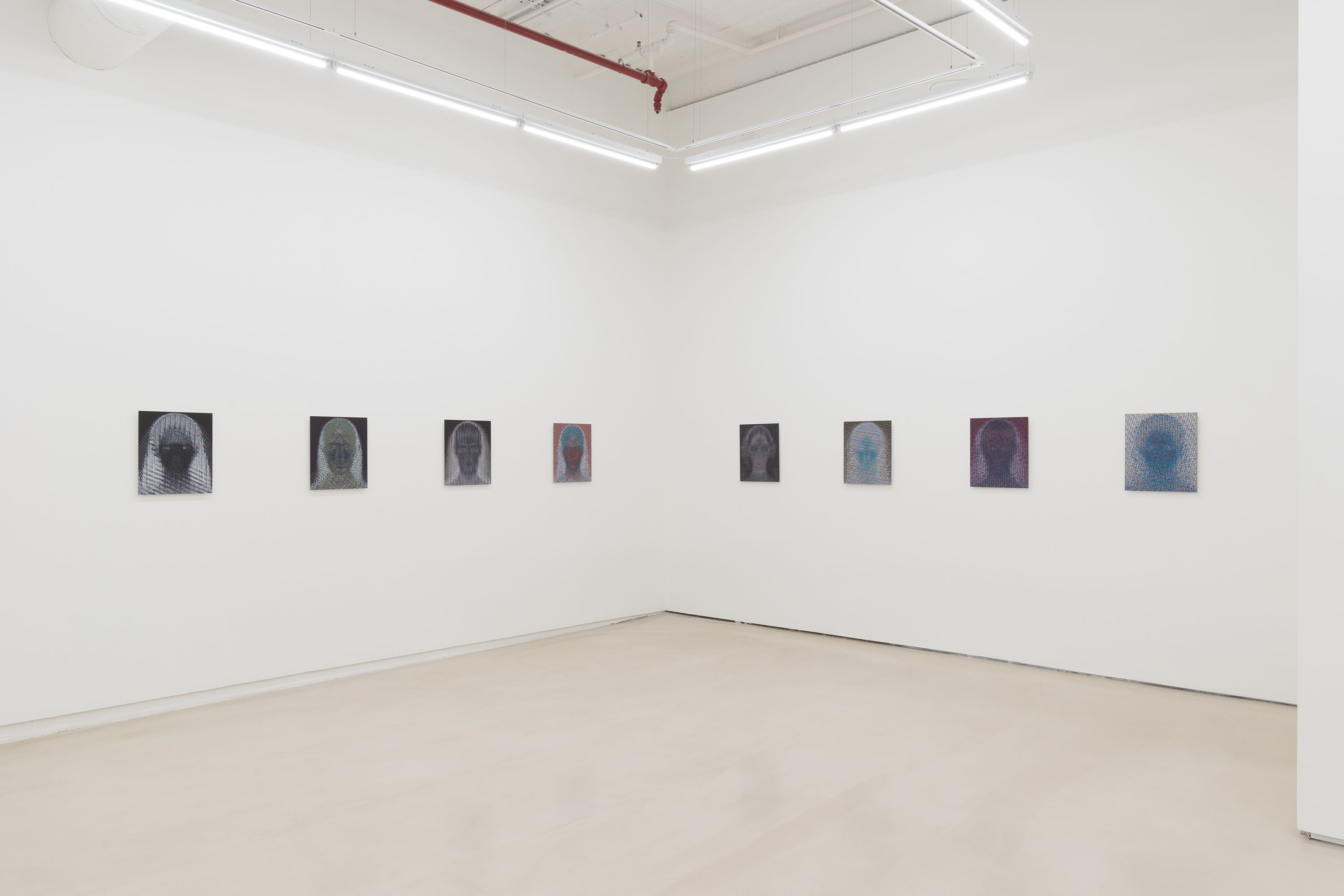

UV curing ink on dibond
18.5 x 16 in
46.5 x 40.5 cm
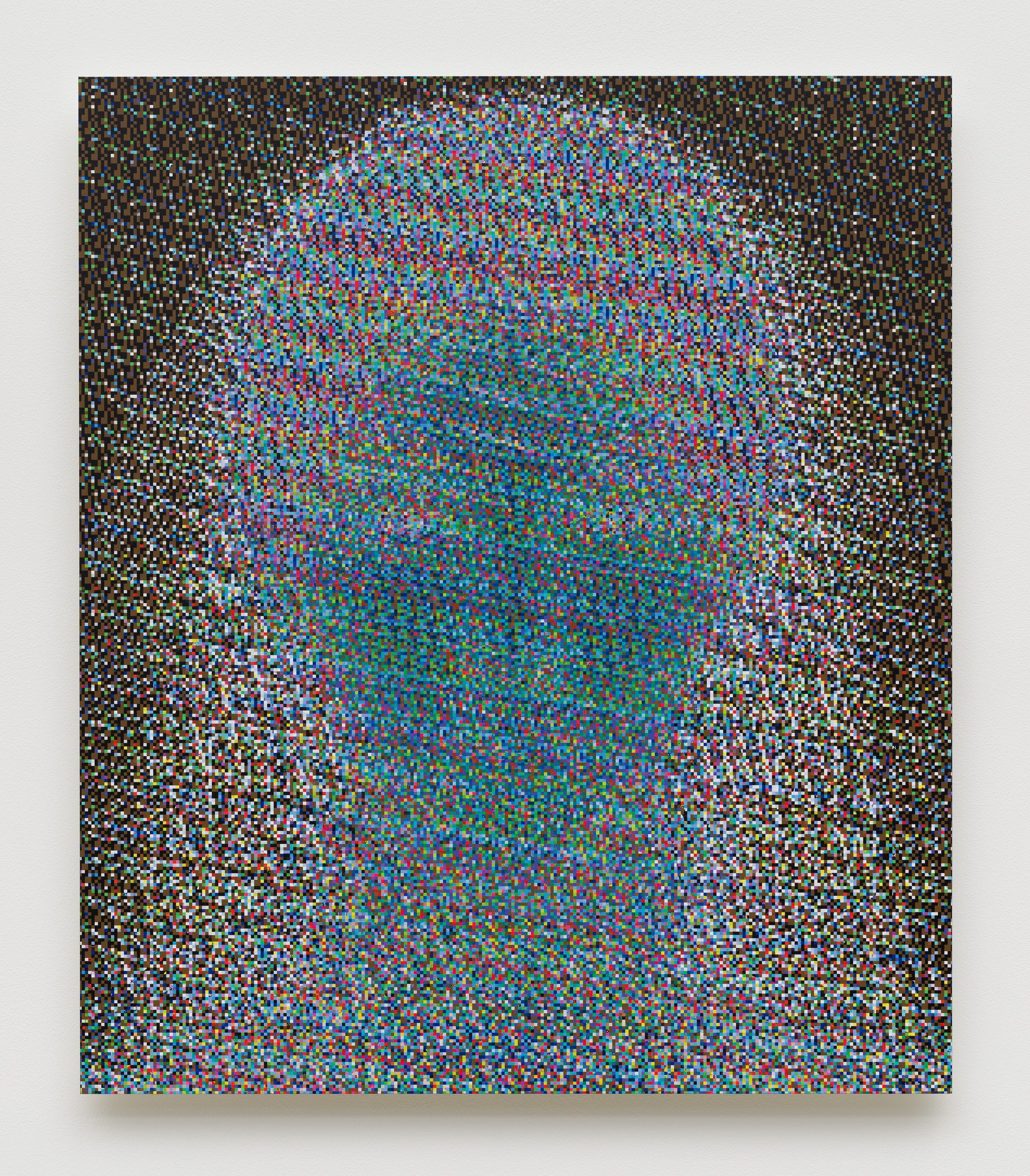
UV curing ink on dibond
18.5 x 16 in
46.5 x 40.5 cm
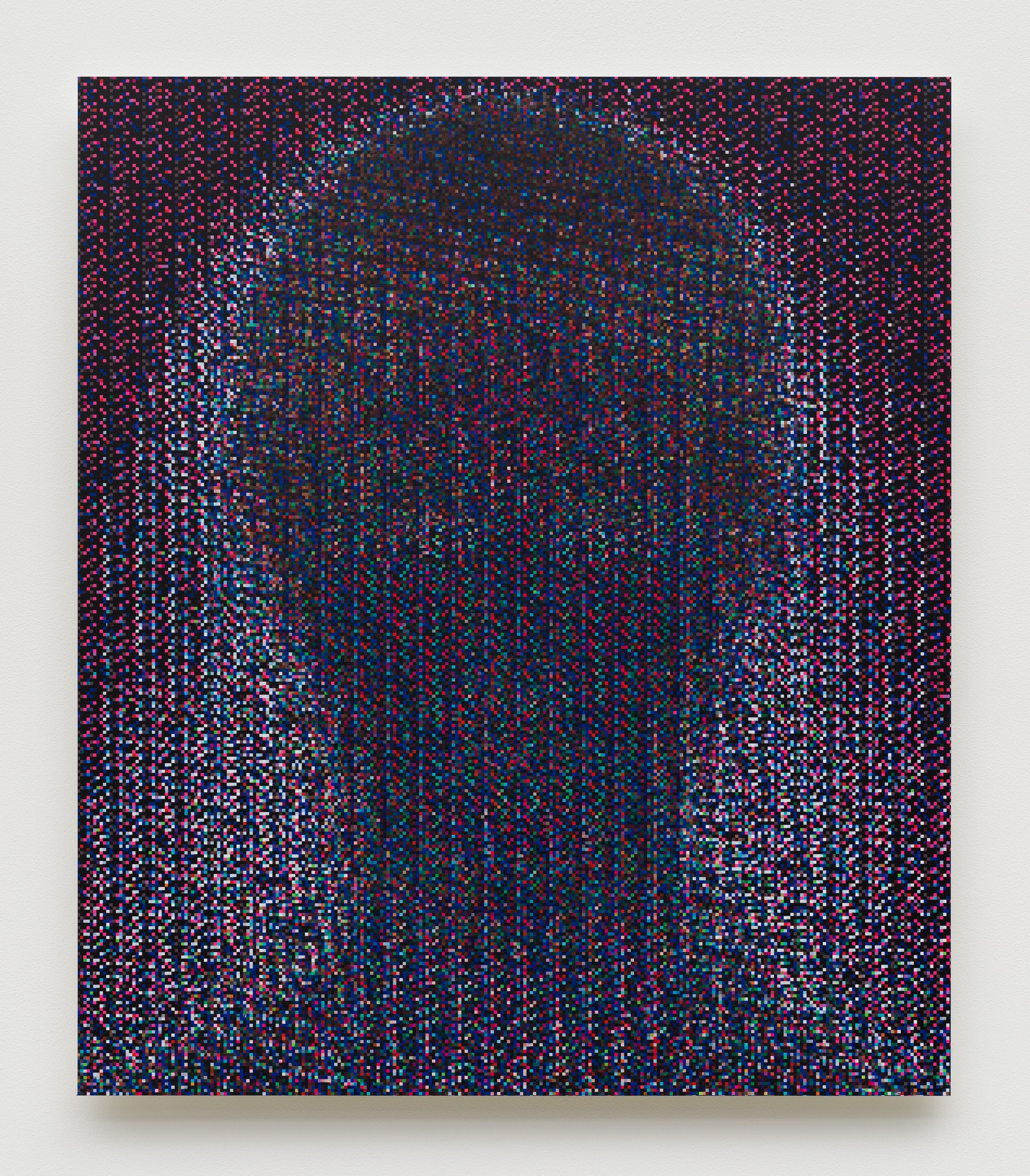
UV curing ink on dibond
18.5 x 16 in
46.5 x 40.5 cm
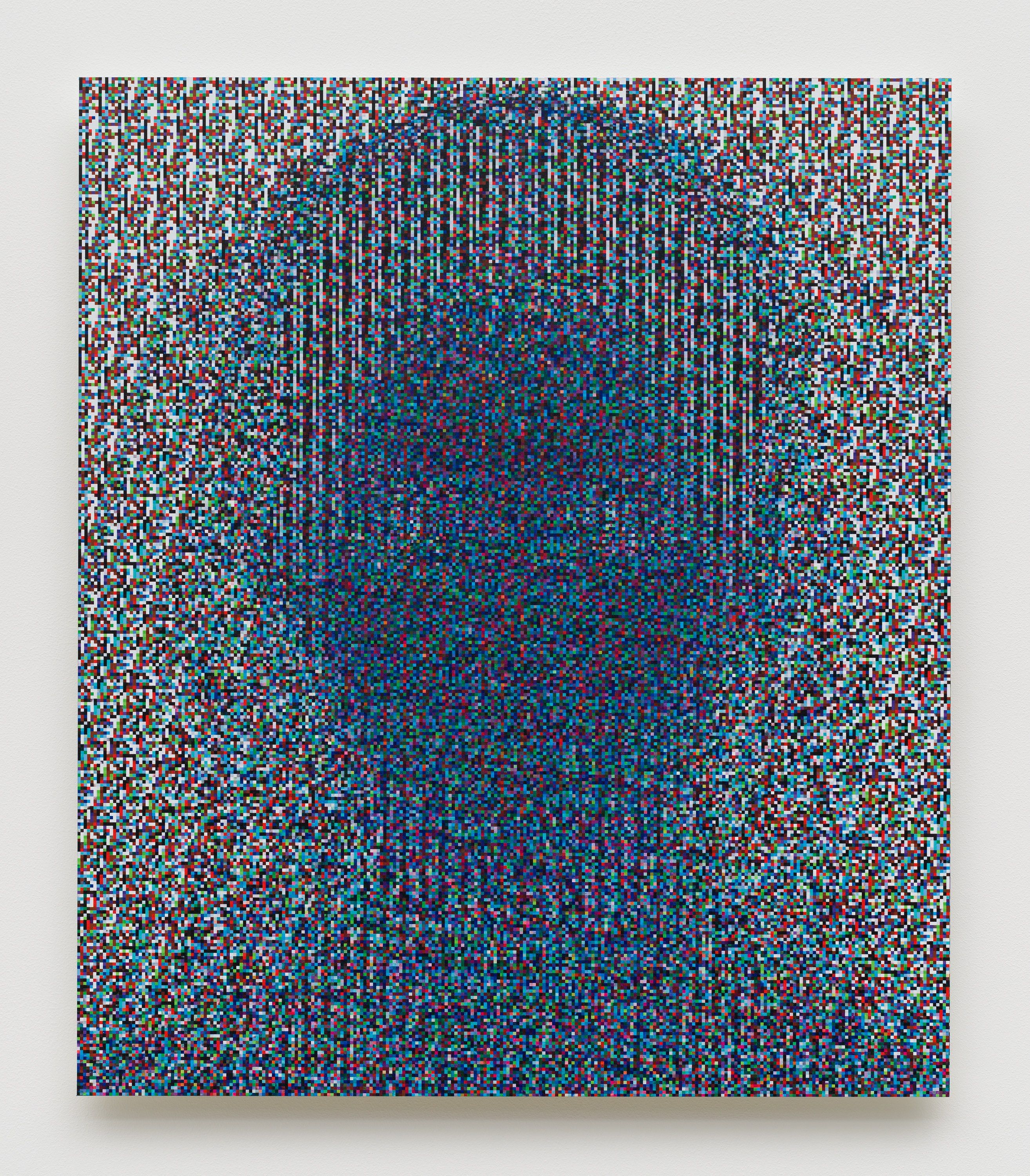
UV curing ink on dibond
18.5 x 16 in
46.5 x 40.5 cm